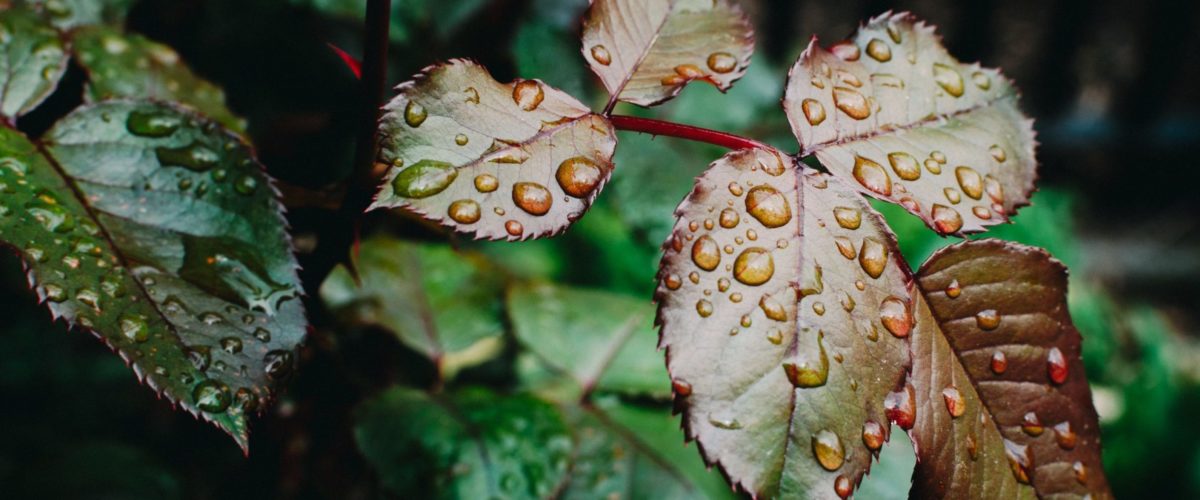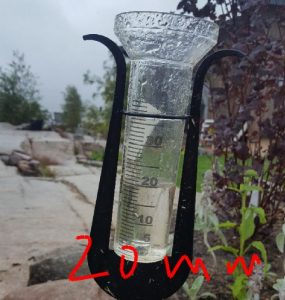Plan for summer watering needs
Plants need light, nutrition and water to develop and grow and in this post, we focus on planning for summer watering.
As in most cases, there is not one solution that works always and for everyone. Often you need to combine different solutions for a good result. Here are 5 tips for collecting and saving water and how to get the maximum effect of watering.
1. Collect, save and store
To collect and save water in the summer is a good start. This is how I do it.
Barrels for rainwater
Placing a water barrel at a drainage pipe is a great way to collect water, but remember to have a lid on top! The lid keep leaves and other debris away but above all – keep it for safety reasons. Even if you do not have your own toddlers, you may have guests dropping by and an accident can happen within seconds.
I prefer large, wide barrels. Partly because they hold a lot of water, but more importantly it is much more easily to simply dip and fill water jugs directly in the barrel. I know that there are barrels with sockets for a water hose or tap in the bottom wich might be smart, but personally I think it takes to long to fill up a jug that way. I’d rather dip the whole jug in the barrel and fill it quickly.
Collect water in the kitchen
If you think about it, water runs out through the kitchen drain every day which is not used for anything useful. This happens when we:
- wait for the water to get cold
- wait for the water to warm
- rinse the coffee pot, to make new coffee
- rinse fruits and vegetables
In the summer when we need to water a lot in the garden, we keep a bucket in the sink and all the water that would normally run straight into the drain we collect. Several times a day I go out to the patio and water the plants and flowerbeds that needs water.
We mainly use this kind of water to water annual flowers or perennials, i.e. plants that we do not eat.
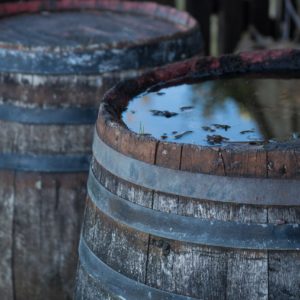
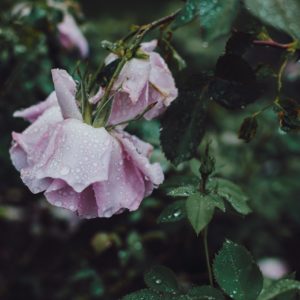
2. Priorities
When there is limited amount of water, it is important to priorities which plants I water. This is how I think:
- Edible, annual plants are in first place. For instance lettuce, tomato and cucumber. If they are in a green house, they have no possibility of finding water from the surroundings and we use an automatic irrigation system.
- Plants in pots.
- New plants. For example, flowerbeds, hedges or bushes. No matter what, new plants need water to be to establish roots in a good way.
- The lawn get no water at all during the summer. It recovers anyway.
Green house
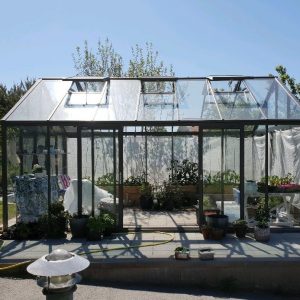
Pots of flowers
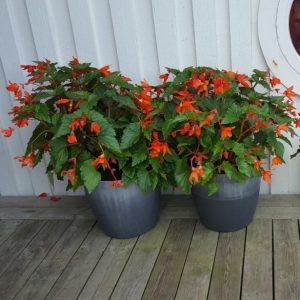
New hedge
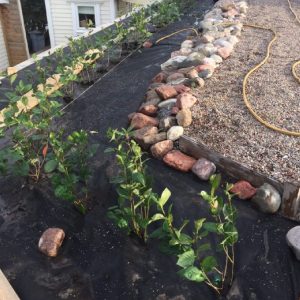
3. Irrigation system
We have two green houses where we mainly grow vegetables. We do this in pots and raised beds.
In order to handle all these plants we use an irrigation system with timer and drip hoses. We bought the original system more than 10 years ago and it has worked very well. The system has many spare parts, and it is easy to expand as needed.
The timer is very simple to use, powered by a 9v battery and with 10 different programs to choose from. The timer is connected to the water system and we use both a drip systems and tubes of rubber soakers.
The rubber soakers drip water throughout the hose, and therefore works well for flower beds and hedges. We use the drip system for pots and beds in the green house.
Drip system
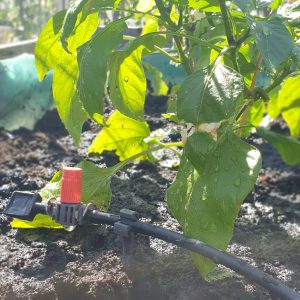
Rubber soaker
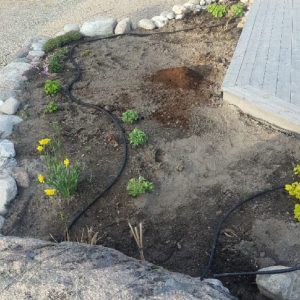
4. Reduce water need
Other solutions which reduce the need of water, worth testing are:
- Put pipes in the ground to water at the roots, where the water is needed. This way you don’t water on top of the soil where it evaporates before it becomes useful to the plants.
- Cover the soil with materials such as grass clippings or bark to prevent the water from evaporating.
Pipes
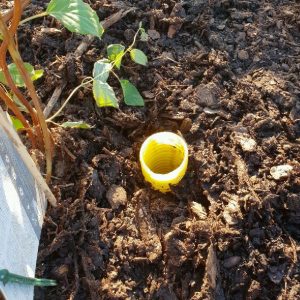
Grass
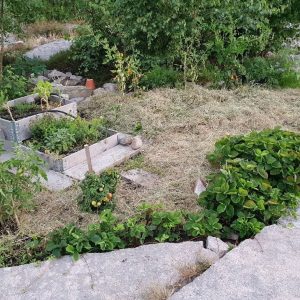
5. Note rainfall in Gardenize
In Gardenize you can note everything you do and everything that happens in your garden. In order to keep a little extra watch on the watering need, I make notes in Gardenize when it rains, at least if it is a dry summer. I have a water meter in the garden, and when it has rained, I take a photo to document how much rain fell. I save the photo in Gardenize as an “Event” with the activity type “Weather”. Then I can easily scroll back to check when was the last time it rained. By keeping track of rain I can plan better for how much I need to water.
/ Jenny
Others have read:
Photos published on Gardenize.com belongs to Gardenize AB and may not be used without our permission.

